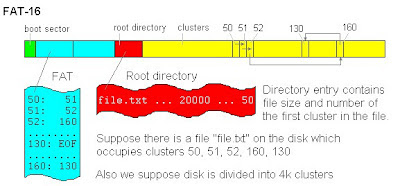Register Memory
Registers are memory size is very small with very high-speed access.
Registers used to store data and instructions are being processed, while
that data and other instructions waiting to be processed are stored in
main memory. we see the following register memory
EAX, EBX, ECX and EDX are called "General Purpose Register". These registers are 32-bit register, if you melkukan cracking a 16-bit program that involved the Register is AX, BX, CX and DX. and this register can be broken - broken.
further
ESI and EDI are called "Index Register". These registers are used as a pointer to a location in memory and is typically used for operations - String operations.
last
EBP and ESP are called "Pointer Register". The second register is coupled with the SS register. If the ESP (Stack Pointer) register pairs with SS (ESP: SS) is used to designate the address on the stack while the EBP (Base Pointer) will be paired with the SS register (EBP: SS) to refer to the memory address where data.
the latter is the EIP
EIP is a "Pointer Index Register" is paired with the CS (CS: EIP) to refer to the memory address where the next command will be executed.
Registers used to store data and instructions are being processed, while
that data and other instructions waiting to be processed are stored in
main memory. we see the following register memory
EAX, EBX, ECX and EDX are called "General Purpose Register". These registers are 32-bit register, if you melkukan cracking a 16-bit program that involved the Register is AX, BX, CX and DX. and this register can be broken - broken.
further
ESI and EDI are called "Index Register". These registers are used as a pointer to a location in memory and is typically used for operations - String operations.
last
EBP and ESP are called "Pointer Register". The second register is coupled with the SS register. If the ESP (Stack Pointer) register pairs with SS (ESP: SS) is used to designate the address on the stack while the EBP (Base Pointer) will be paired with the SS register (EBP: SS) to refer to the memory address where data.
the latter is the EIP
EIP is a "Pointer Index Register" is paired with the CS (CS: EIP) to refer to the memory address where the next command will be executed.



Comments
Post a Comment